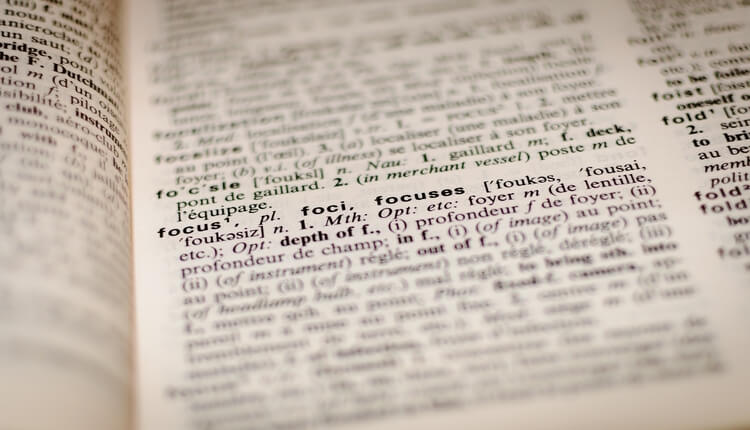How to Effectively Use Pronouns in Academic Writing

Pronouns are simple to define but can be confusing to use. For example, the statement, “Each person should follow their dreams,” represents a failure to correctly balance the singular (each person) and the plural (their dreams). Correcting the statement can be done in two ways:
- Each person should follow his or her dream (to balance the singular)
- All people should follow their dreams (to balance the plural)
Pronouns are often referred to as the understudies of English grammar because they are called upon to stand in for nouns (that are then referred to as antecedents because they are being replaced by pronouns). Pronouns can be singular (I, me, he, she, you, it) or plural (they, them, we, etc.). However, their roles are limited to stand-in for either the subject or the object of a sentence:
The girl spent the weekend sewing the girl’s dress so that the girl would have enough time to make alterations to the dress on Monday.
Related: Having difficulty with language and grammar in your manuscript? Check out these helpful resources now!
The above sentence demonstrates how clumsy and repetitious writing can be without the use of pronouns. When properly used, the sentence can be cleaned up as follows:
The girl spent the weekend sewing her dress so that she would have enough time to make alterations to it on Monday.
The antecedents (nouns being replaced) are clearly matched to each pronoun: her (the girl), she (the girl), it (the dress).
Important Cases
Maintaining a clear match between pronouns and their antecedents becomes easier if you remember that pronouns come in three cases:
- Subjective case – the doer (subject) of the action: I throw the ball.
- Objective case – the receiver (object) of the action: Throw the ball to me.
- Possessive case – shows ownership: My throw struck the player out!
Rules of Pronoun Use
To avoid noun repetition and use pronouns effectively, you should remember the different types of pronouns and the way they can be used in a sentence:
- Personal pronouns represent people or things: I came to see him today.
- Demonstrative pronouns point out someone or something: This is his bat; that is your ball.
- Relative pronouns relate one part of a sentence to another: One country that I’d like to visit someday is New Zealand (that relates to country).
- Reflexive pronouns (also called intensive pronouns) reflect back to someone or something else in the sentence: You must ask yourself what you did to get into this situation (Yourself relates back to you).
- Interrogative pronouns ask a question (interrogate): What in the world were you thinking?
- Indefinite pronouns do not refer to a specific place or thing that has already been mentioned in a sentence. This can be confusing because that thing may be very definite and can be singular or plural. Example: someone/somebody and everyone/everybody.
A Simple Check
Learning the correct rules of pronoun use can appear to be overwhelming—so many types in so many cases! However, checking the correct use of a pronoun is relatively simple. First, read the sentence back to yourself and trust your ear. An incorrect balance between pronoun and antecedent simply won’t sound right:
Fidel Castro’s communist principles inevitably led to ideological differences between he and President Kennedy.
The need to correct “he’” to “him’ is an easy catch because the sentence doesn’t sound right as written. When multiple antecedents are involved, you can check your pronoun use by replacing each antecedent with its original noun to check that you are using the correct pronoun.







